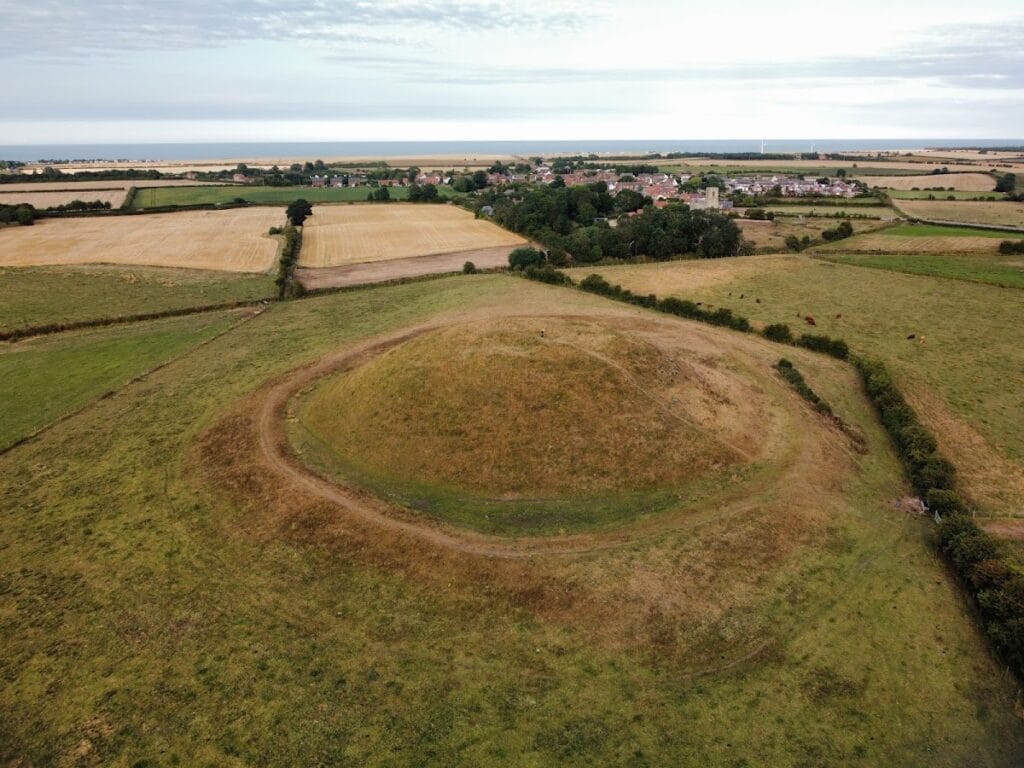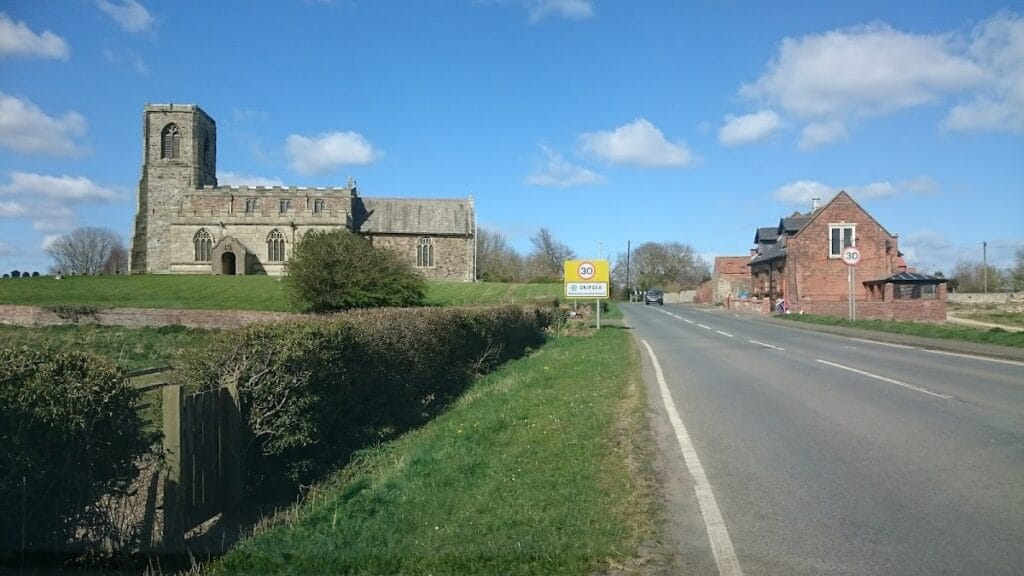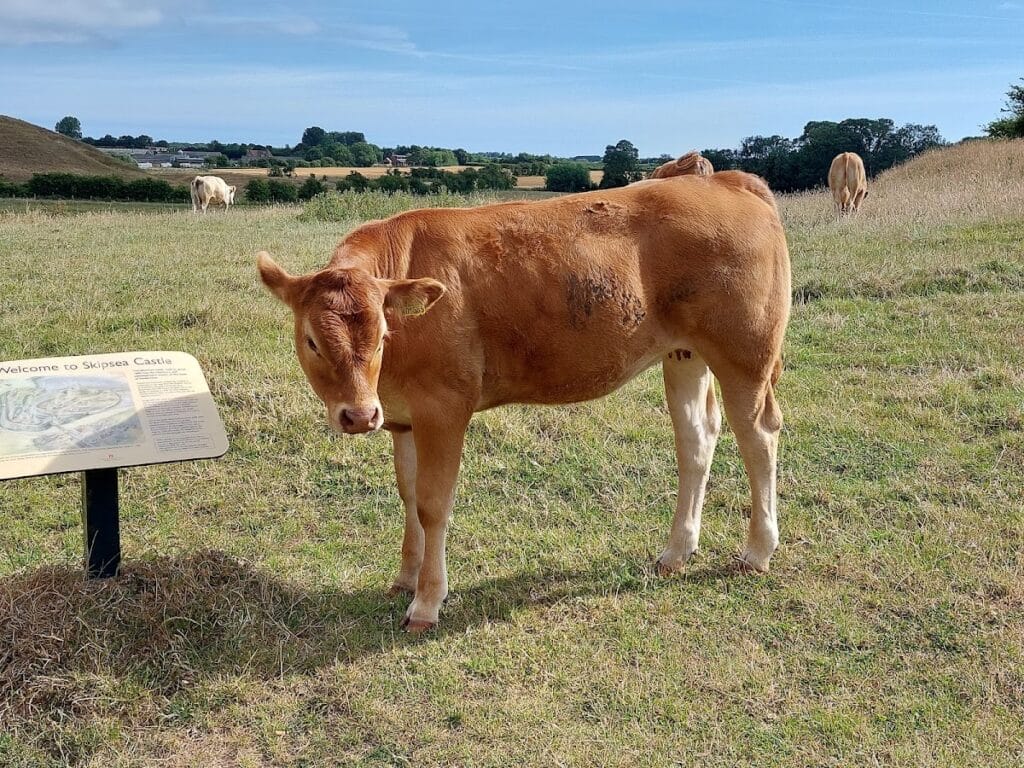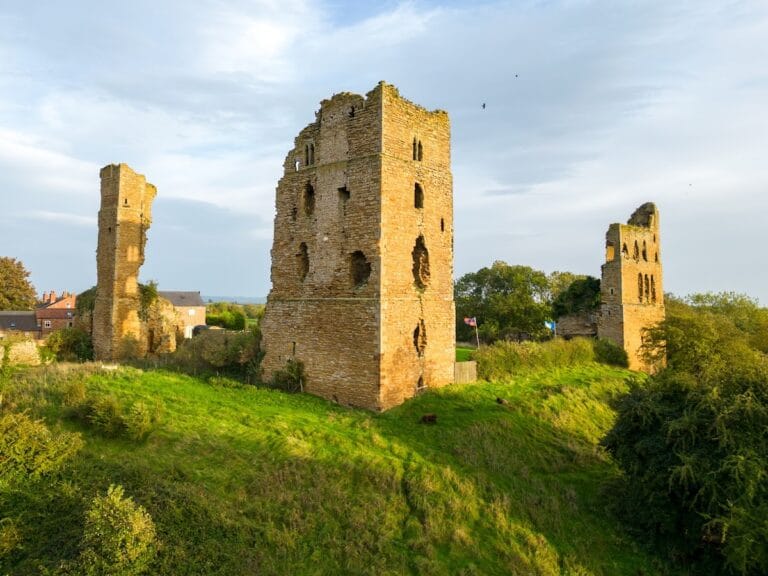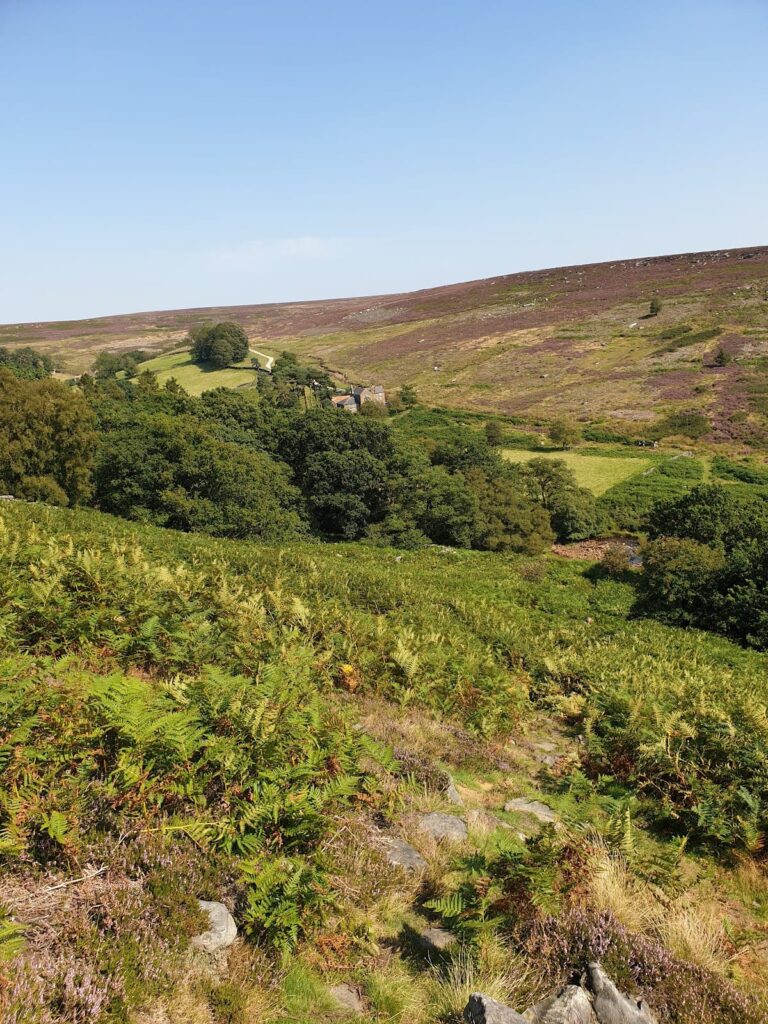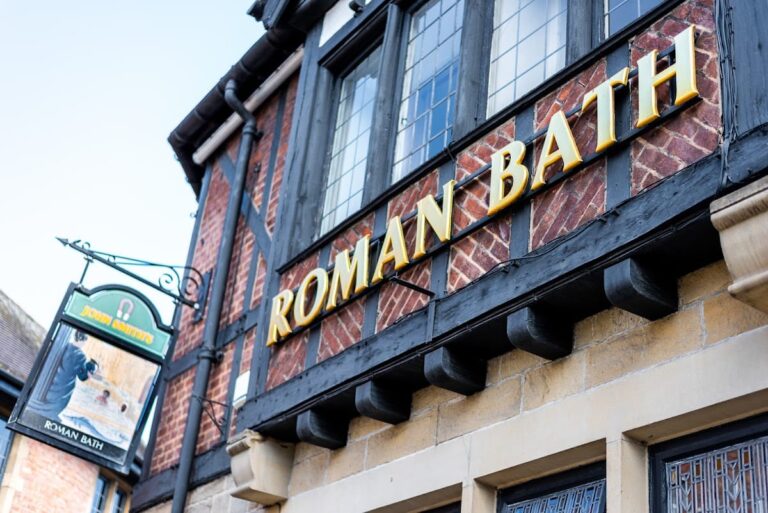Skipsea Castle: A Norman Motte and Bailey Fortification in England
Visitor Information
Google Rating: 3.6
Popularity: Low
Google Maps: View on Google Maps
Official Website: www.english-heritage.org.uk
Country: United Kingdom
Civilization: Medieval European
Remains: Military
History
Skipsea Castle is located in the village of Skipsea within the modern nation of England. It was constructed during the Norman period by a Flemish mercenary named Drogo de la Beuvrière, who became the first Lord of Holderness following the Norman Conquest of England in the late 11th century.
The castle’s establishment around 1086 came shortly after the extensive and destructive Harrying of the North, a campaign led by William the Conqueror to subdue the northern regions of England. Built on an earlier mound dating from the Iron Age, likely used as a burial site around 400 BCE, the castle served as a stronghold to secure newly acquired Norman territories in central Yorkshire. It also played a role in monitoring a strategic trade route connecting inland areas to the North Sea, protecting against threats such as potential Danish raids. Beyond its military function, the castle acted as the administrative hub and principal seat for Drogo’s estates in the region.
By the late 11th century, a church was established to the east of the castle, across an artificial lake known as Skipsea Mere, around which the village of Skipsea developed. In the mid-12th century, William le Gros, an important regional noble, founded a fortified settlement called Skipsea Brough nearby, aiming to encourage trade and reinforce defense capabilities in the area.
Ownership of Skipsea Castle later passed to the Aumale family during the early 12th century. In 1221, William de Forz, Count of Aumale, led a rebellion against King Henry III. In response, royal forces besieged and captured the castle. The king ordered its destruction, although records do not clearly indicate the full extent of this demolition. Following this event, the castle changed hands several times over the ensuing centuries.
By the late 14th century, Skipsea Castle had fallen out of use. During this period, the artificial lake surrounding the castle was drained, and the grounds were converted for agricultural grazing. The neighboring fortified town of Skipsea Brough also failed to prosper and was largely deserted by the end of the 14th century.
In the 18th century, additional land drainage efforts reclaimed more territory for farming, yet the area remained marshy into the early 1900s. The castle site was brought under state protection in 1911 and later came under the care of English Heritage. Extensive archaeological work took place between 1987 and 2001, shedding light on the castle’s complex history. In recent years, concerns have been raised about how ongoing drainage and drying may be affecting the preservation of the earthworks at the site.
Remains
Skipsea Castle was designed as a motte and bailey fortification, a common style in the Norman period featuring a raised earthwork (the motte) and an enclosed courtyard (the bailey). The motte sits atop a large natural mound formed during the glaciation period, enhanced by human modification to reach about 11 metres in height and roughly 100 metres across. Its summit provided a quarter of an acre of level ground, where a wooden keep once stood. There is evidence suggesting a stone gatehouse may have occupied the south-east corner of the motte, although timber was the primary building material used.
Surrounding the motte at its base are defensive earthworks including a low bank approximately 1.5 metres tall and a ditch reaching up to 10 metres wide, originally more pronounced than today. These features would have reinforced the motte’s defensive capabilities. The motte is separated from the surrounding land by Skipsea Mere, an artificial lake created by damming marshland. Two raised causeways cross the mere, connecting the motte to the bailey on the southern side and to the church and village to the east. One section of the mere’s south-eastern corner was isolated by these causeways and likely functioned as a freshwater fishery, with historical records from the 13th century noting eel-catching activities there.
The bailey itself extends around the west and south sides of the motte, encompassing roughly 3.3 hectares (about 8.25 acres). It is enclosed by substantial earthworks made of clay ramparts reaching up to 4 metres in height, accompanied by a wide ditch roughly 10 metres across and once much deeper. The bailey’s main entrance was situated on its southern side at a gate known as Bail Gate, protected by a gatehouse. A secondary northern entrance connected the bailey to other parts of the site via a track. A breach called Scotch Gap in the earthworks is attributed to the castle’s partial destruction during the 13th century, and some portions of the ramparts have suffered damage from drainage activities.
Along the southwest edge of the motte runs a curved water channel about 25 by 200 metres in size, linking the inland harbour formed by the mere to the nearby North Sea. This channel provided boat access to wharves inside the bailey, and a likely boatyard was situated at its eastern end. Scholars continue to discuss whether a similar harbour may have existed to the west of the bailey, but this remains a matter of debate.
Today, the earthworks of Skipsea Castle are generally well preserved, though environmental changes caused by modern land drainage and drying present ongoing challenges to their conservation. Adjacent to the castle site lie the remains of Skipsea Brough’s planned medieval town, where only a handful of buildings survive. The site stands as an important example of Norman military and administrative architecture integrated with complex water management systems dating back centuries.
